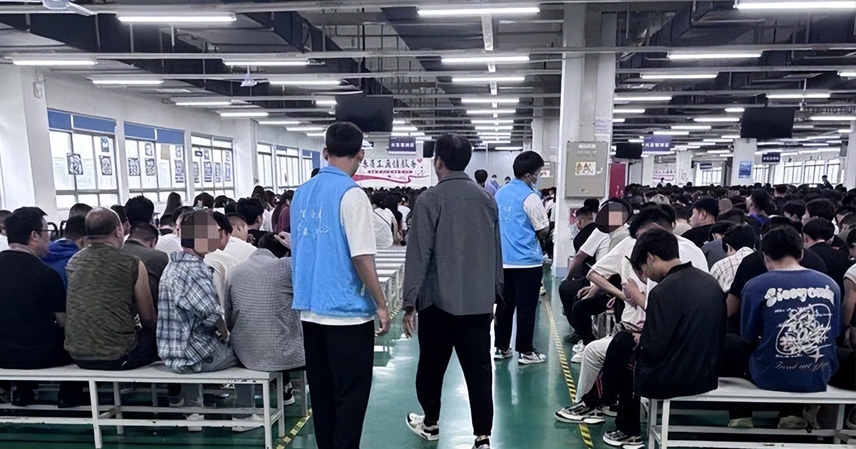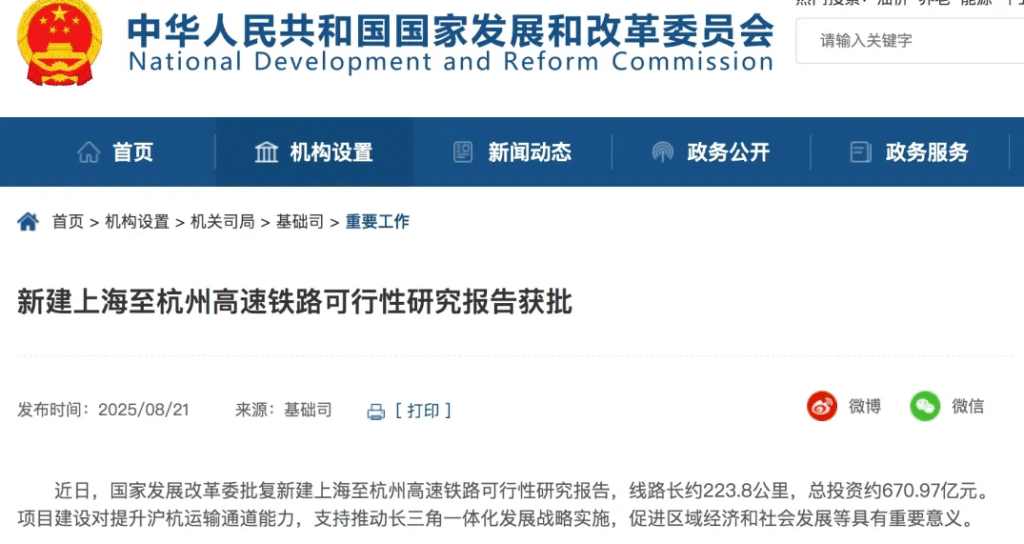When the spotlight at Apple’s launch event illuminated the titanium alloy frame of the iPhone 17, Lao Jin, a worker at Foxconn’s Zhengzhou plant, was focused on the 888th foam pad of his shift — transparent, adhesive, and required to fit perfectly inside the phone’s casing. With his left hand pressing the shell steady and his right hand holding tweezers, he repeated the same movements with muscle memory: align, place, press.
“At first, I installed 500 foam pads a day. Now the supervisors say we must ‘boost output,’ so it’s 1,000 a day.” He pulled up his sleeve to reveal a faint scar on his wrist. “Two days ago, the tweezers slipped and cut me.”
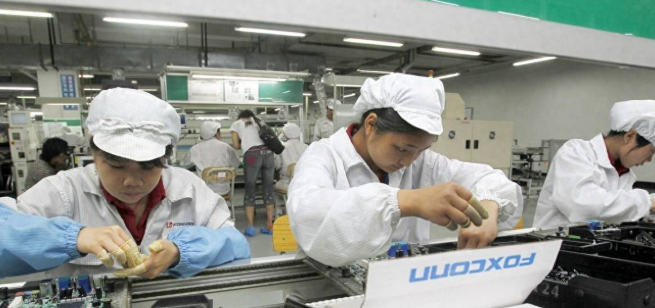
This is Apple’s so-called “technological miracle.” While CEO Tim Cook claimed on stage that the iPhone 17 “redefines premium,” at the 5.6 million square-meter Zhengzhou plant, 200,000 workers followed a relentless two-shift cycle — screwing, gluing, welding — to create that “premium.” When you unbox an iPhone, what you smell is not “innovation,” but the mix of disinfectant, sweat, and the endless hum of machines. That is the true “original recipe” of the iPhone — the result of 200,000 pairs of hands repeating the same action 1,000 times a day.
From the Stage’s “Stars and Ocean” to the Workshop’s “Screws and Foam”
On September 10, during Apple’s livestream, comments flooded in: “That titanium frame is stunning!” “The Pro Max camera module is insane!” “Totally worth $1,200!”
Meanwhile, in Foxconn’s A-zone workshop, 33-year-old Lao Jin stood at station 12. Left hand: suction cup to fix the screen. Right hand: laminating machine to apply film. He repeated the motion from 8 a.m. to 8 p.m., with only a 30-minute meal break.
“You know what it feels like to stick 1,000 foam pads?” Lao Jin said with a bitter smile. “Your eyes are fixed on the foam, your hands follow the conveyor rhythm, and your mind is blank. Back in the dorm, my fingers still ‘automatically’ hold imaginary tweezers. Even in my dreams, I see foam pads misaligned and my supervisor yelling.”

He joined in August as a “return bonus worker.” The agency had promised him: “Finish three months, and you’ll get 9,800 yuan back.” But after 20 days, he already wanted to quit. “Ten-hour shifts, forced weekend overtime. They say 1.5x overtime pay sounds nice, but your body can’t take it. The girl next to me cried yesterday, saying she’d rather farm at home than screw iPhones.”
This is the other side of Apple’s “innovation”: 20 million hands reduced to mechanical extensions. As line leader Huang Yunpeng, who has been at Foxconn for a decade, explained: “The phones keep getting more advanced, but our work keeps getting more robotic. For the iPhone 8, we adjusted camera angles. For the iPhone 17, machines align everything — we just screw and paste. We’re basically assistants to the machines.”
The Return Bonus Game: From 4,800 to 9,800 Yuan
“Return bonus of 9,800 yuan! Work three months, get the cash!”
That was the hottest slogan in Zhengzhou’s labor market this August. Agents posted it everywhere, but privately admitted: “It’s not easy money. If you miss more than three days, get fired, or violate any rule, you lose the bonus. How many people last three months on this line?”
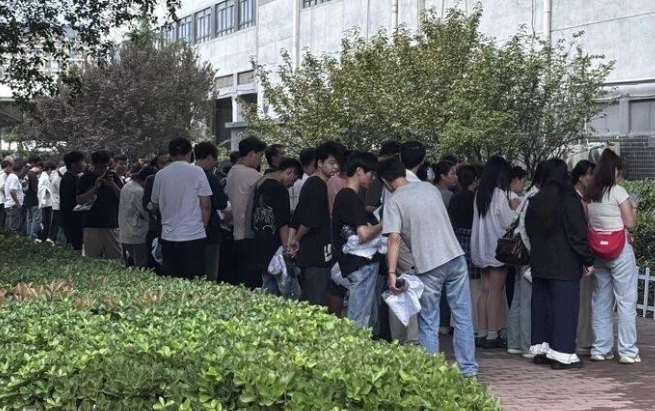
The numbers told the story: June bonus at 4,800, July rising past 8,000, peaking at 9,800 in August, dropping to 7,300 at the end of the month, then jumping back to 9,000 in September. It wasn’t a “bonus,” it was labor speculation.
Why? Because Apple demanded Foxconn maximize iPhone 17 production by September. After November’s peak, the bonus would fall back to 4,000. Workers who quit? No problem — the factory won’t need them then.
A Kingdom of 560 Million Square Feet, but No Room for Workers’ Dreams
Foxconn’s Zhengzhou plant covers 5.6 million square meters, equivalent to 800 football fields. It is Apple’s largest iPhone factory worldwide. Every night at 3 a.m., streams of e-bikes form a “river of lights” as workers rush in and out of shifts.
But to workers like Lao Jin, this “kingdom” feels like a cage. Eight men to a dorm, no space beyond bunk beds and a desk. “Work, sleep, repeat. Weekends mean forced overtime. I’ve lived here ten years but never seen downtown Zhengzhou, never visited Shaolin Temple. My world is A to K zones.”
And the promised “9,800 bonus”? Full of traps: miss three consecutive days, get injured, or even be late, and it vanishes. Lao Jin calculated: “Three months of 10-hour shifts means 18,000 yuan in wages plus 9,800 in bonus. That’s 27,800 total. But divided by hours, it’s just 9 yuan per hour — less than picking trash.”
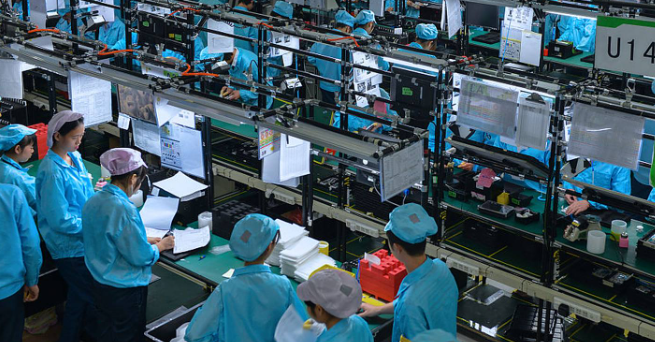
From 400,000 to 200,000 Workers: Losing the “Demographic Dividend”
In 2020, during iPhone 12 production, Zhengzhou Foxconn employed 400,000 workers. Now it has 200,000, despite bonuses doubling. Why?
Because younger workers are choosing delivery apps or flexible jobs instead. “Why endure a boss and night shifts when I can deliver food and make 6,000 yuan a month?” said one 19-year-old.
Meanwhile, Apple keeps profits in design and marketing, leaving assembly — the lowest rung of the value chain — to factories. As Huang Yunpeng put it: “An iPhone Pro Max sells for 12,000 yuan. We earn 0.1 yuan for a screw, 0.05 yuan for a foam pad. That’s global value chains — we’re at the bottom, eating leftovers.”
And with Apple shifting 10% of iPhone 17 production to India, even these “screw-tightening jobs” may not last.
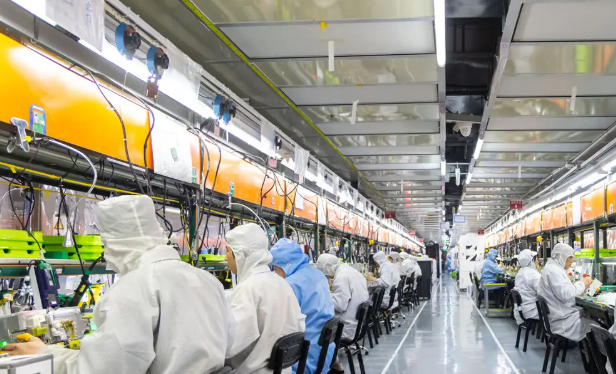
When You Unbox the iPhone 17
The iPhone 17 sold over a million units within minutes of pre-orders opening. But behind those numbers are 200,000 workers repeating 1,000 motions per day.
Perhaps we should see the iPhone not just as a “tech product,” but as a condensed form of human labor. When you hold the titanium frame, remember Lao Jin’s 888th foam pad. When you admire the camera module, recall Huang Yunpeng’s thousandth screw.
Apple says, “Technology changes lives.” For Foxconn’s workers, technology has only made life more mechanical. Faster rhythms, higher quotas, sweeter promises, but still not enough to cover school fees.
So when you slowly peel back the packaging, you might hear something faint inside: not the cheers of innovation, but the click of 200,000 pairs of hands, whispering in protest from inside the machinery of global capital.

